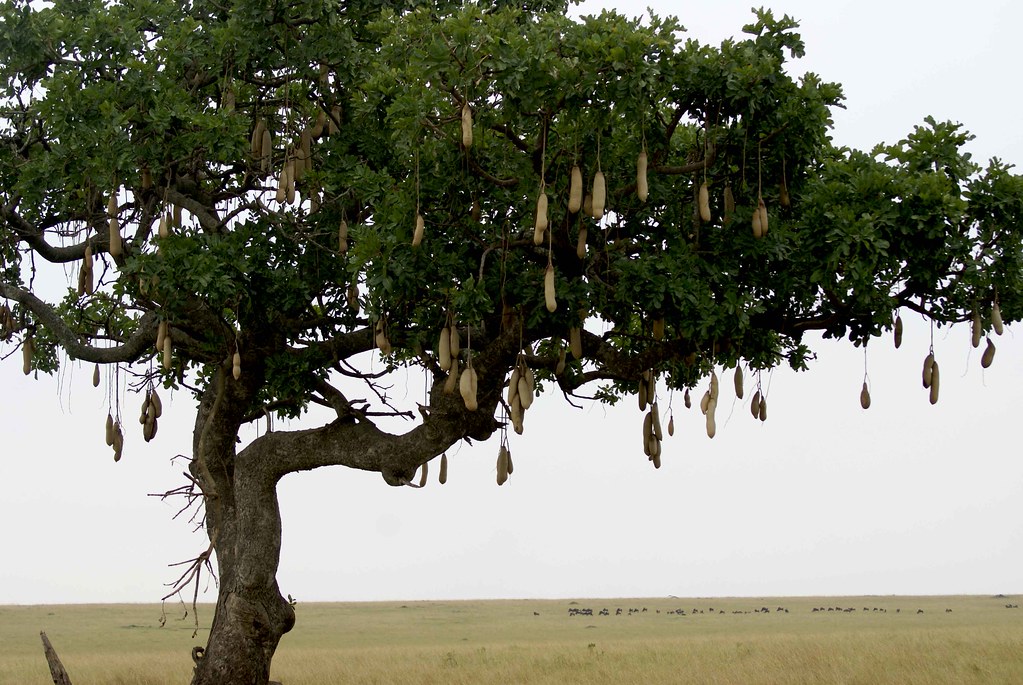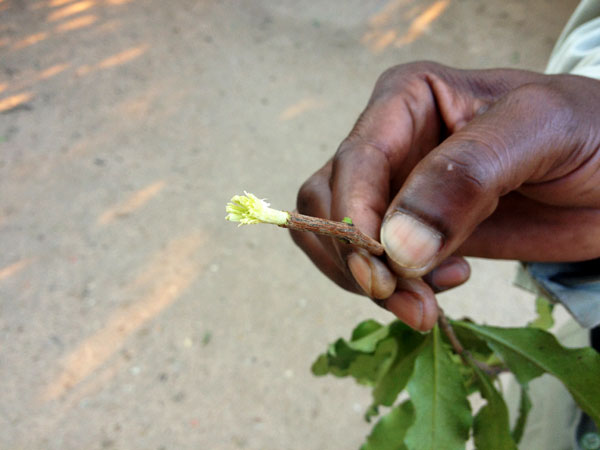Some of the most iconic and beautiful animal species call
the Masai Mara home, and us RA’s are lucky enough to share this place with
them. But I think we often overlook the beautiful plants that surround us
daily, while the Masai people have been dependent on these plants for medicine,
food, and tools for centuries. So, deviating from hyenas a bit, I did some
research on the local plant life and found some great facts about our flora friends!
Pepper-bark tree (Warburgia
salutaris)
This tree has roots that are used to treat malaria
or, when smoked, used to alleviate the common cold.
Magic guarri (Euclea
divinorum)
Simple-spined Carissa (Carissa edulis)
- The edible fruits are used to make jam and fermented to make vinegar, while the roots are added to soups for flavoring.
- Pieces of the root are fixed to roofs as snake repellant.
- The plant contains carissin, which is believed to have a possible use in the treatment of cancer.
- The twigs contain substances that are effective medicines against tapeworms.
- The leaves, when boiled, can relieve toothaches.
Whistling thorn tree (Acacia drepanolobium)
This acacia tree has a unique relationship with ants, believe it or not. The
tree’s thorns are swollen at the base and produce a nectar. This creates a great
little home for the Crematogaster mimosae
ants, who then colonize the base of the thorn, eating the nectar. In return
for food and shelter, the ants will swarm and bite browsing animals on the
tree, reducing damage from browsing. Who knew trees and ants could be friends?
Sausage Tree (Kigelia
africana)
 |
| From Annette Rumbelow |
- These large, beautiful trees produce a large, sausage-shaped fruit (hence the name) that can grow up to 9kg (nearly 20lbs!).
- The sausage fruit is fermented to make beer (a very strong beer, I’ve been told).
- They also make great sundowner spots in Talek Camp!
Sources
South African National Biodiversity Institute
The Nature Institute (New York)
Bussman, R.W. et al. (2006) Plant use of the Maasai of Sekenani Valley, Maasai Mara, Kenya. Journal of Ethnobiology and Ethnomedicine.
Orwa C., A. Mutua, Kindt R., Jamnadass R, S. Anthony (2009) Agroforestree Database:a tree reference and selection guide
version 4.0.









No comments:
Post a Comment